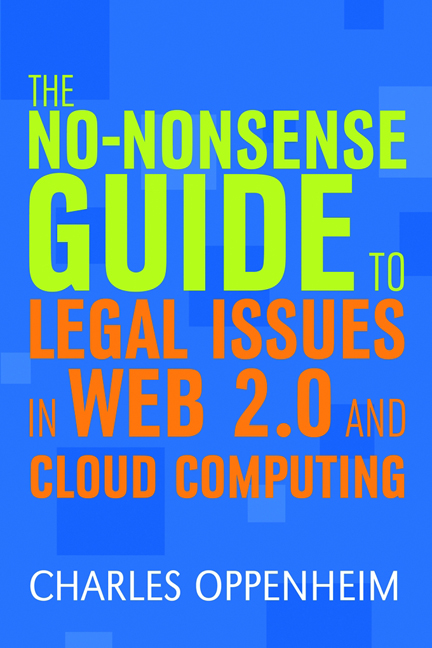Summary
What is Web 2.0?
There are many varied definitions and descriptions of Web 2.0, but the text provided by Wikipedia and adapted below provides an overview.
Web 2.0 provides the user with more user-interface, software and storage facilities. Users can provide the data that is on a Web 2.0 site and exercise some control over that data. These sites may have an ‘architecture of participation’, which encourages users to add value to the application as they use it.
Web 2.0 offers all users the same freedom to contribute, for good or bad. Characteristics of Web 2.0 are: rich user experience, user participation, dynamic content, metadata, web standards and scalability. Further characteristics, such as openness, freedom and collective intelligence, also known as ‘the wisdom of the crowds’ by way of user participation, can also be viewed as essential attributes of Web 2.0.
Web 2.0 websites include the following features and techniques:
• search – finding information through keyword search
• links – connect information together into a meaningful information ecosystem using the model of the web, and provide low-barrier social tools
• authoring – the ability to create and update content leads to the collaborative work of many rather than just a few web authors; in wikis, users may extend, undo and redo each other's work; in blogs, posts and the comments of individuals build up over time
• tags – categorization of content by users adding ‘tags’ – short, usually oneword descriptions – to facilitate searching, without dependence on pre-made categories; collections of tags created by many users within a single system are called folksonomies
• extensions – software that make the web an application platform as well as a document server; extensions include software like Adobe Reader, Adobe Flash player, Microsoft Silverlight, ActiveX, Oracle Java, Quicktime, Windows Media, and so on
• signals – the use of syndication technology such as RSS to notify users of content changes.
A third important part of Web 2.0 is the social web, which is a fundamental shift in the way people communicate. The social web consists of a number of online tools and platforms where people share their perspectives, opinions, thoughts and experiences.
- Type
- Chapter
- Information
- Publisher: FacetPrint publication year: 2012



